NWHS: Chamber Assembly September 2016
Home › Forums › APPLES Teacher Forum › NWHS: Chamber Assembly September 2016
- This topic has 0 replies, 1 voice, and was last updated 8 years, 6 months ago by
 Cinda Murray.
Cinda Murray.
-
AuthorPosts
-
January 5, 2017 at 2:55 pm #486
 Cinda MurrayModerator
Cinda MurrayModeratorHere’s an update of Northwestern High school’s APPLES project.
Northwestern High school students in my Environmental Problems class were introduced to Dr. Eric Post’s work by viewing the website located at https://sites.google.com/site/ericpostlab/home. After a short discussion about the collaborative project, students unpacked and assembled the warming chamber.
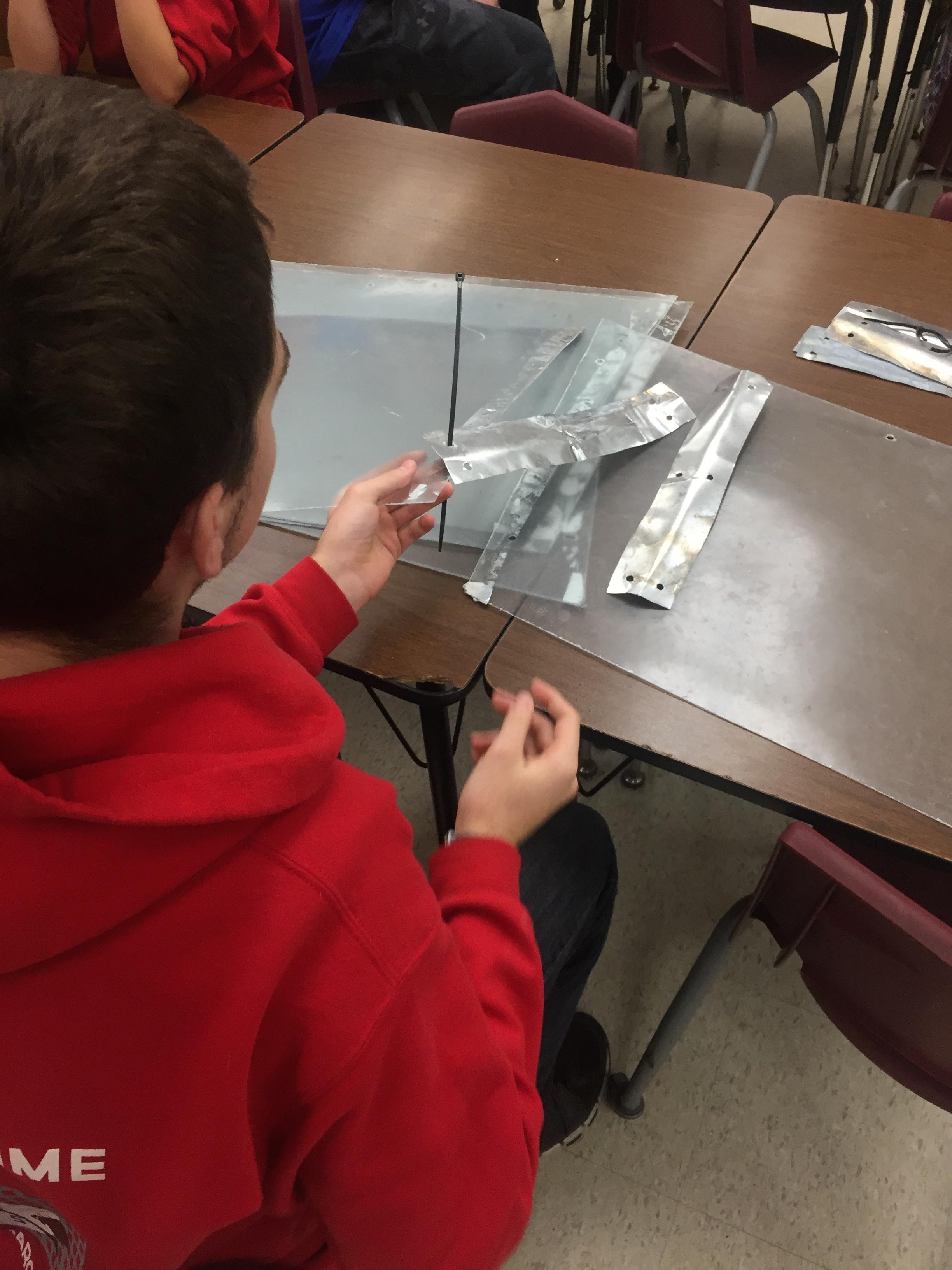
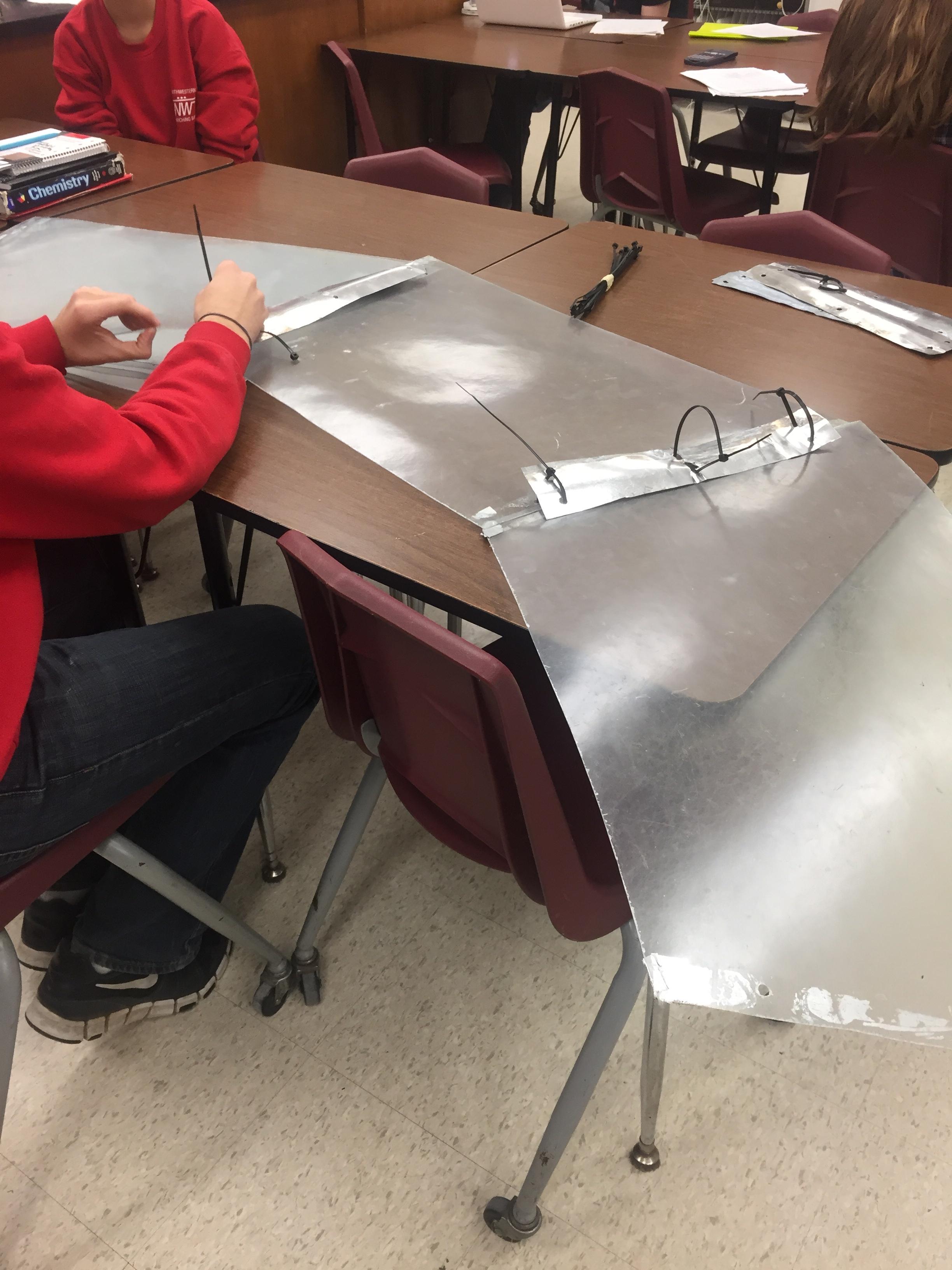
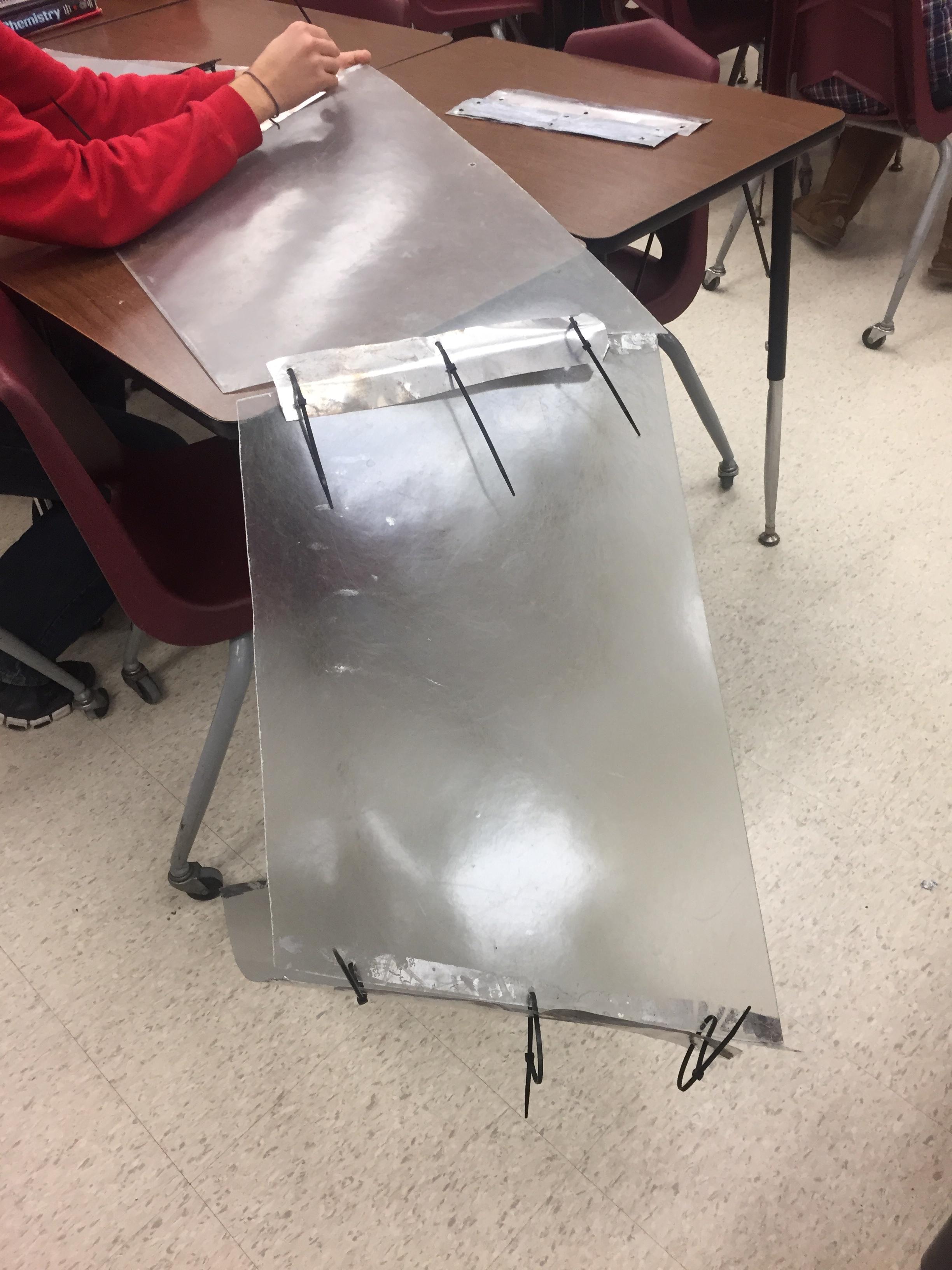
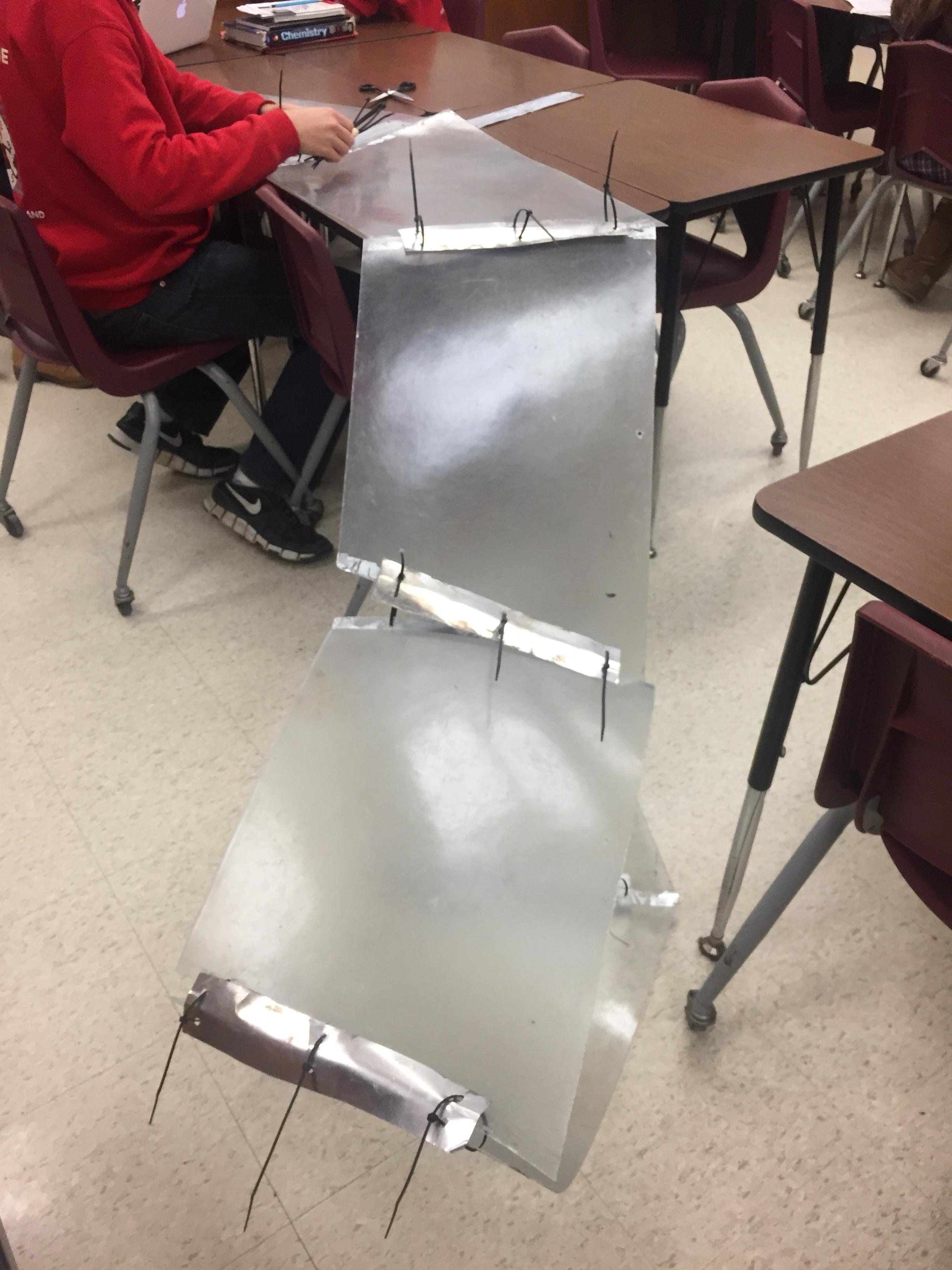
Students were instructed on how to safely use the infrared thermometer.
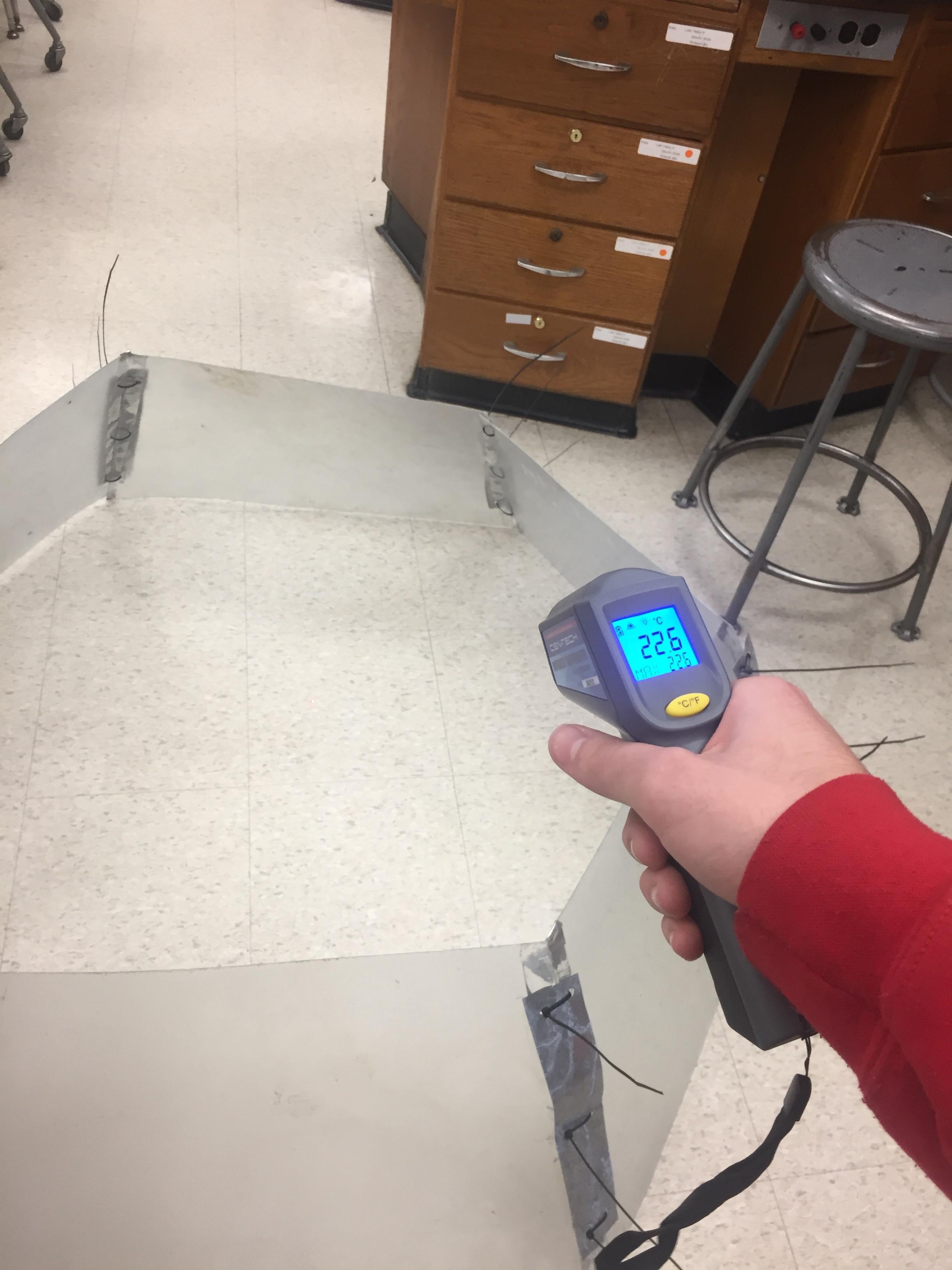
Preliminary Planning of a Long-Term Study Site
I met with our school district’s grounds manager, Ron Peters, to discuss potential research sites for the warming chamber. The following criteria was discussed for site selection:
- Site must be left undisturbed year round- no mowing or piling of snow on top of chamber.
- Because milkweed will be studied, the site must meet the requirements of adequate sunlight, nutrients, water, etc.
- Site should be viewable by community and easily accessed by both the middle school and high school.
The Northwestern High School Grounds Committee will review the proposal in early January 2017. A temporary site near the school was selected until a site can be approved and prepared in the Spring.
Meanwhile, students perform ongoing investigations of abiotic and biotic factors of the school ecosystem.
Preliminary Biotic Investigations- Walking Tour of the School GroundsStudents were challenged with listing 100 different organism that they observe on a walking tour of the school grounds. Students had an opportunity to photograph or sketch organisms.
Below: Walking tour of deciduous forest ecosystem on NWHS school grounds.
Air Temperature Investigation (Outdoor Lab)
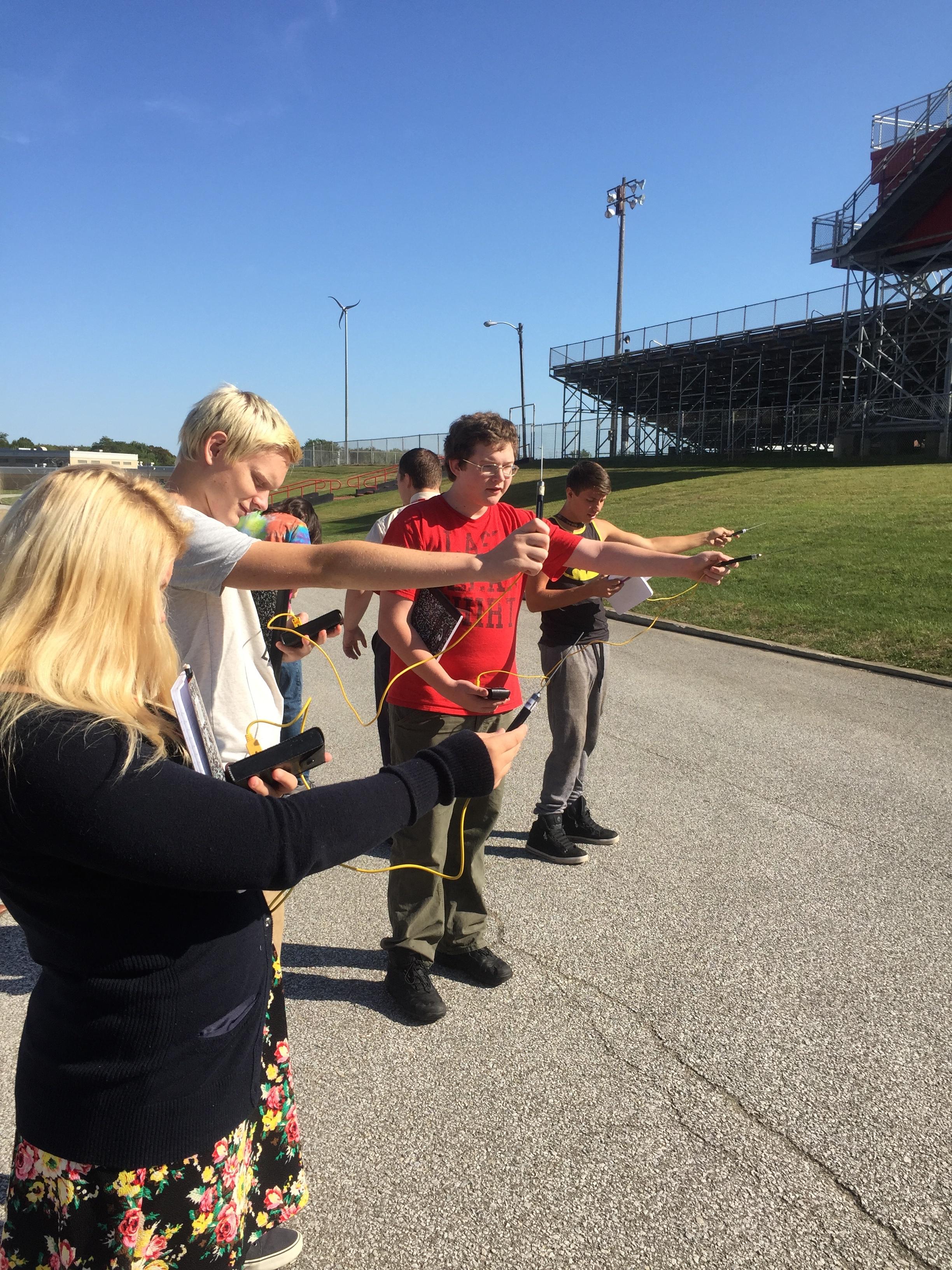
Above: Students measure air temperature during a science inquiry lab.
Soil Temperature Inquiry Investigation (Outdoor Lab)
Students were challenged to find the warmest and coolest ground temperatures on the school grounds. To form a hypothesis students brainstormed and considered factors such as shade, sunlight, moisture, ground cover, buildings, and previous land use. Students used Google Earth to view the school grounds. They noted buildings, wooded areas, parking lots, lawns, streams, and the others features like the football field. Since Northwestern High has short class periods of 43 minutes, student created a plan to quickly gather measurements the next day.
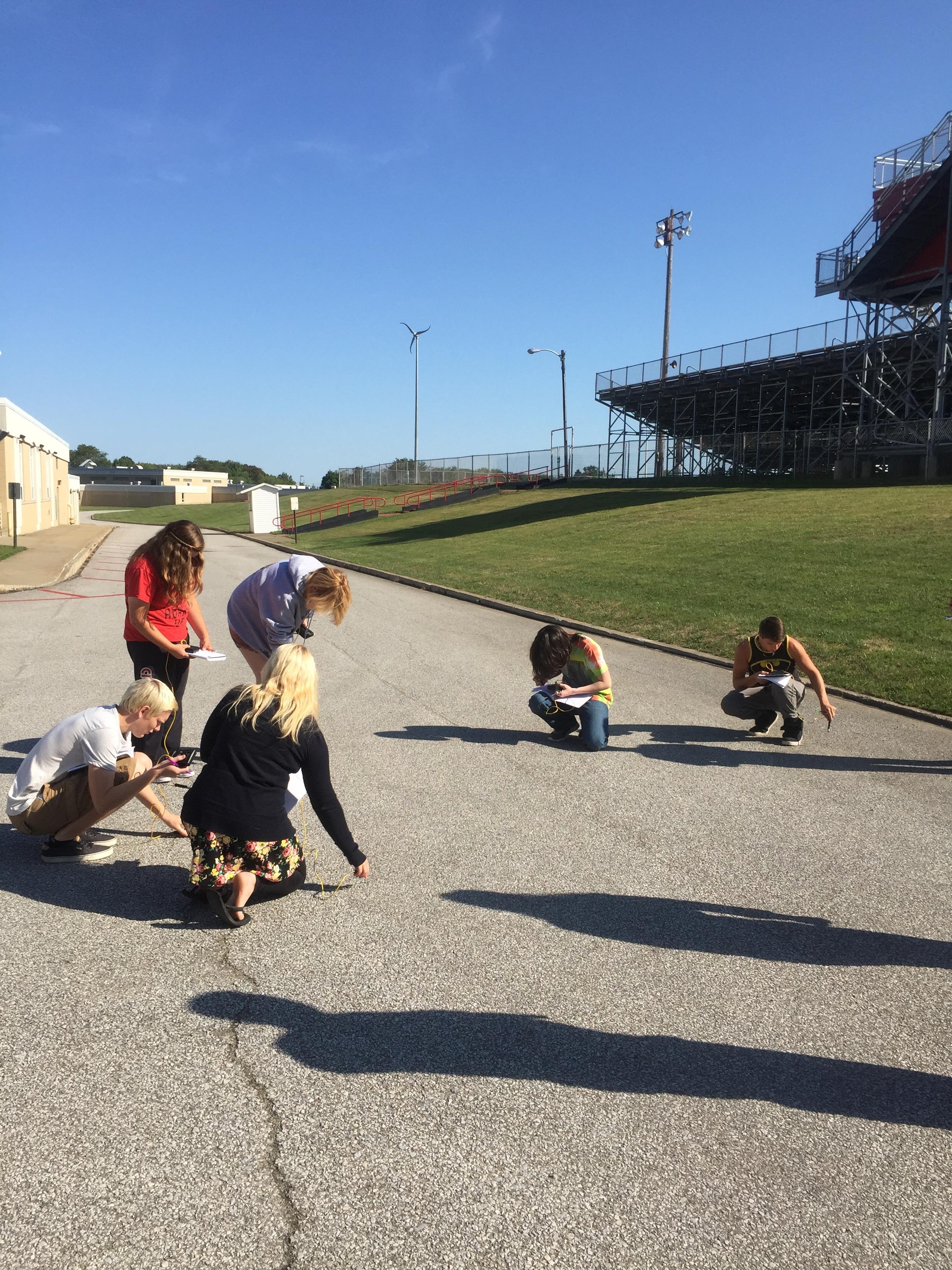
Above: Students measuring temperature on the pavement near the football field. Note the wind turbine in the background; it’s part of the Penn State Wind for Schools Program. Additional measurements where taken in the lawn and forest areas surrounding the school.
Team Presentations of Results
Each student teams prepared a presentation in Google Slides and presented their findings to the other group. Students were given 30 minutes to prepare a 4-6 minute presentation. Examples of the student produced presentations can be found clicking on the following links:
https://docs.google.com/presentation/d/1tsjcTgKdyWayzwleT4pOlY4dsno7Ilo3O89kxXNP198/edit?usp=sharing
https://docs.google.com/presentation/d/1SlAjX3-_kePYqHy8hEIaRUC2qoGAdFZbXPjncsPLToQ/edit?usp=sharing
Reflection: From past experiences, students struggle with putting together a presentation in the allotted timeframe. To ensure their success, students were given a template for the presentation to help guide the process. To further guide the process I types questions for them to answer or things to include in the notes section of each slide. The challenge and team approach seems to motivate students- some saw the challenge it as a competition.
-
AuthorPosts
- You must be logged in to reply to this topic.
Recent Comments